Introduction
Oatmeal, often hailed as a superfood due to its rich nutritional profile, is a staple in many kitchens worldwide. From its humble beginnings as a simple breakfast porridge to its versatile transformations into savory and sweet dishes, oatmeal has proven to be a culinary chameleon. But how does one take this humble grain and turn it into a mouthwatering meal? This article delves into the myriad ways to make oatmeal delicious, exploring techniques, ingredients, and recipes that elevate this nutritious food to gourmet status.
Understanding Oatmeal Varieties
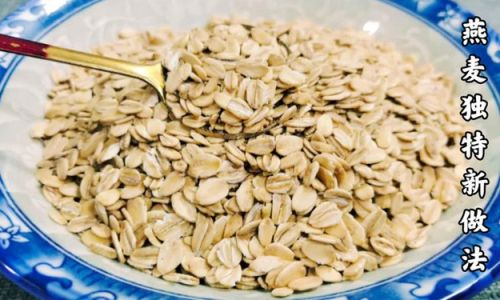
Before diving into the culinary adventures, it’s crucial to understand the different types of oatmeal available. Each variety has its unique texture and cooking requirements, influencing how they can be used in recipes.
- Rolled Oats: These are the most common type, steamed and flattened into flakes. They cook quickly and retain a creamy texture.
- Quick Oats: Similar to rolled oats but processed further to cook even faster, often in just a few minutes.
- Steel-Cut Oats: Also known as Irish oats, these are whole oat groats cut into small pieces. They take longer to cook but offer a chewier, nuttier texture.
- Instant Oatmeal: Pre-cooked and dried, these packets require only hot water or milk to rehydrate. While convenient, they often contain added sugars and flavors.
- Oat Groats: The least processed form, these are the whole kernels of the oat grain. They take the longest to cook but provide the purest oat flavor and texture.
Basic Cooking Techniques
Mastering the basics is key to creating delicious oatmeal dishes. Here are some fundamental techniques:
-
Ratio and Cooking Time: For rolled oats, use a 1:2 ratio of oats to liquid (water, milk, or a combination). Cook on medium heat, stirring occasionally, until the oats absorb the liquid and reach your desired consistency. Steel-cut oats require more liquid (usually a 1:4 ratio) and a longer cooking time, around 20-30 minutes.
-
Flavor Infusion: Infuse your cooking liquid with flavors like vanilla extract, cinnamon sticks, or a pinch of salt. This adds depth to your oatmeal without overcomplicating the recipe.
-
Texture Enhancement: For creamier oatmeal, add a splash of dairy or plant-based milk during cooking. For a thicker consistency, stir in a bit of chia seeds or ground flaxseed.
Sweet Transformations
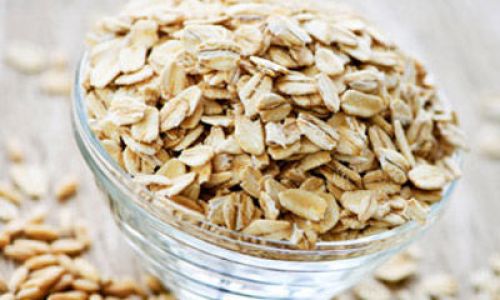
Oatmeal’s natural sweetness and ability to absorb flavors make it an excellent base for dessert-like dishes.
-
Apple Cinnamon Oatmeal Bake: Combine rolled oats, chopped apples, cinnamon, nutmeg, and a bit of maple syrup. Bake in the oven until the top is golden and the apples are tender. A scoop of vanilla yogurt or a dollop of whipped cream takes it to the next level.
-
Banana Bread Oatmeal: Mix rolled oats with mashed bananas, a touch of brown sugar, baking powder, and an egg. Bake in a loaf pan for a healthy, portable breakfast that tastes like banana bread.
-
Overnight Chia Oatmeal Pudding: In a jar or bowl, layer rolled oats, chia seeds, almond milk, honey, and your favorite fruit. Let it sit in the refrigerator overnight. The chia seeds will absorb the liquid, creating a pudding-like consistency that’s both refreshing and satisfying.
Savory Adventures
Don’t overlook oatmeal’s potential in savory dishes. With the right ingredients, it can become a hearty and nutritious meal for any time of day.
-
Vegetable and Cheese Oatmeal Bake: Preheat your oven and layer steel-cut oats with sautéed vegetables (like spinach, bell peppers, and onions), shredded cheese, and a splash of broth. Bake until the oats are tender and the cheese is bubbly. This dish is perfect for breakfast or dinner.
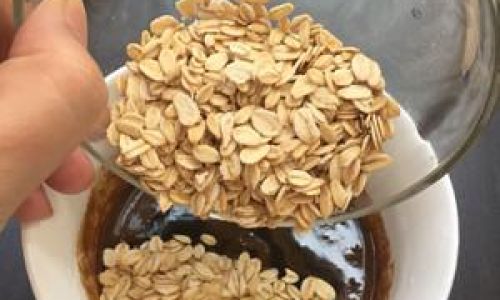
-
Oatmeal and Avocado Toast: Cook rolled oats according to package instructions, then spread them on a slice of toasted whole-grain bread. Top with mashed avocado, a squeeze of lime juice, red pepper flakes, and a sprinkle of sea salt. It’s a fresh and filling breakfast option.
-
Oatmeal and Mushroom Risotto: Substitute Arborio rice with steel-cut oats in a traditional risotto recipe. Cook with broth, white wine (optional), and sautéed mushrooms. Finish with freshly grated Parmesan and a drizzle of olive oil. This dish showcases oatmeal’s creamy potential in a sophisticated, savory context.
Innovative Toppings and Add-Ins
Toppings and add-ins can elevate oatmeal from good to great. Here are some creative ideas:
-
Nut Butter and Banana: Drizzle almond or peanut butter over cooked oatmeal and top with sliced bananas. A sprinkle of chia seeds adds a nutritional boost.
-
Greek Yogurt and Berries: A dollop of Greek yogurt adds protein and tanginess, while fresh or frozen berries provide antioxidants and sweetness.
-
Protein Boost: Incorporate protein powder, scrambled eggs, or chopped nuts into your oatmeal for a more filling meal.
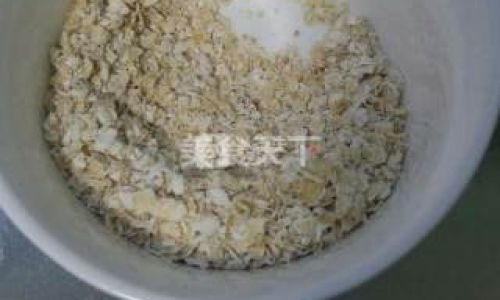
-
Herbs and Spices: Fresh herbs like parsley, cilantro, or mint can brighten up your oatmeal. Spices like turmeric, cumin, or paprika can transform it into a global cuisine experience.
Conclusion
Oatmeal is more than just a breakfast food; it’s a versatile ingredient that can be transformed into countless delicious dishes. By understanding the different types of oatmeal, mastering basic cooking techniques, and exploring both sweet and savory recipes, you can unlock a world of culinary possibilities. Whether you’re looking for a quick breakfast, a hearty dinner, or a unique snack, oatmeal has the potential to become a star in your kitchen. So, the next time you reach for that box of oats, remember that with a bit of creativity and experimentation, you can turn this humble grain into a gourmet delight. Happy cooking!


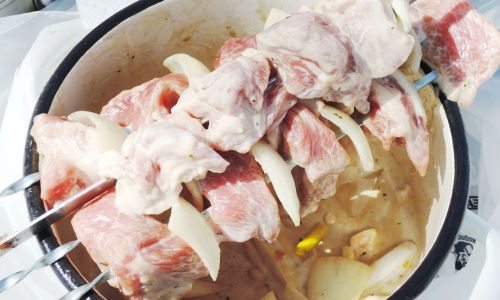



0 comments